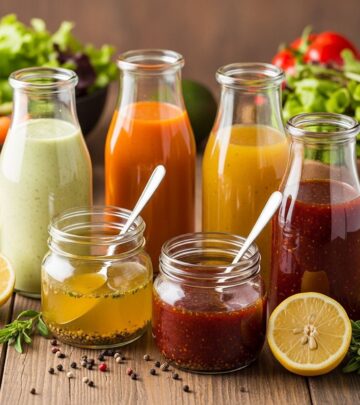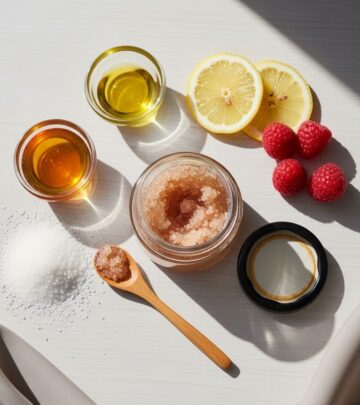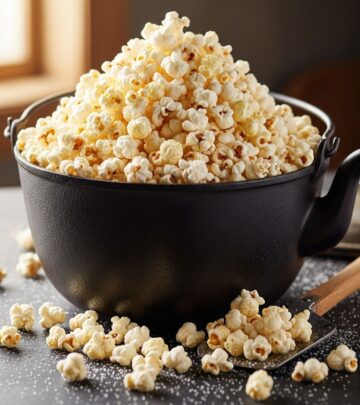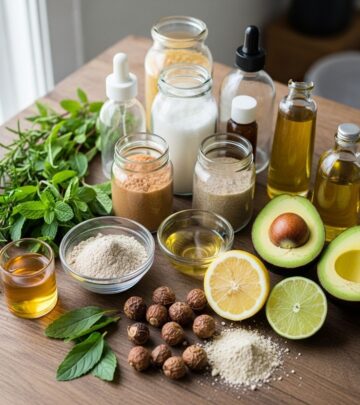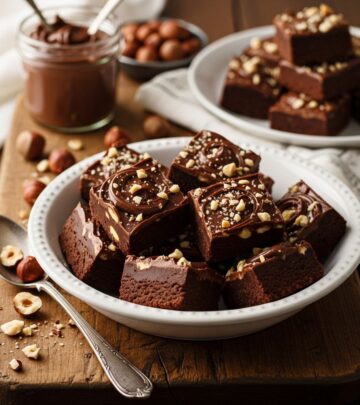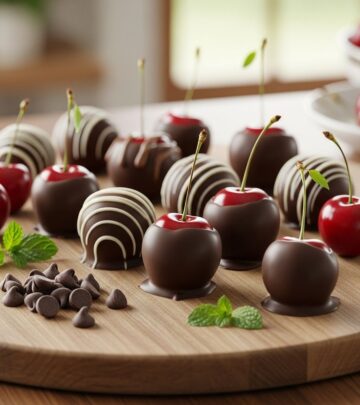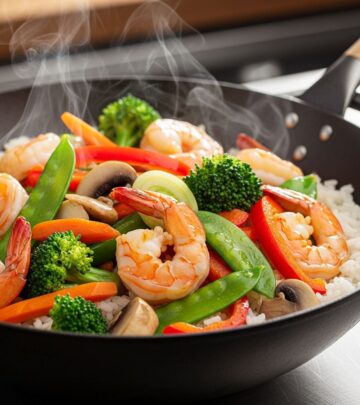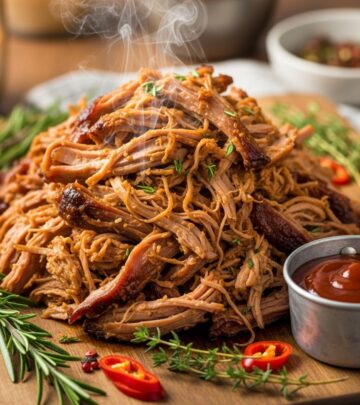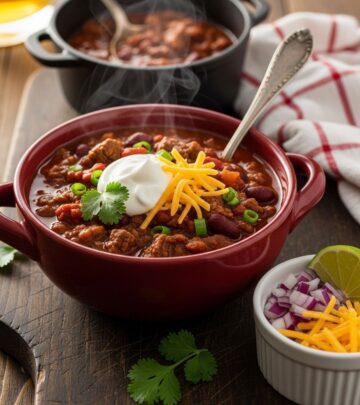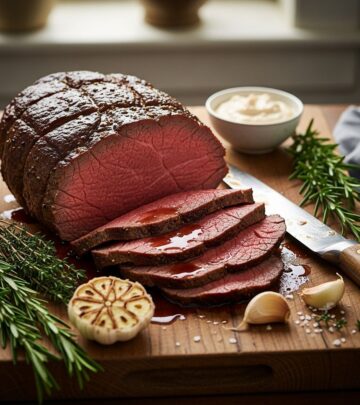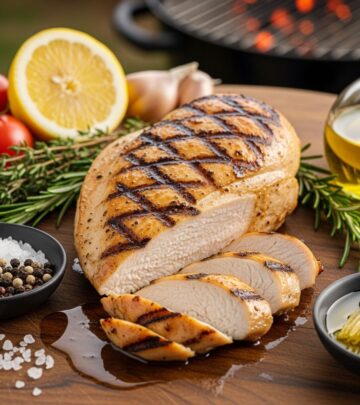Classic Dry Rub for Ribs: A Flavorful BBQ Essential
A homemade mix that forms a caramelized crust and locks in moisture for unbeatable taste.
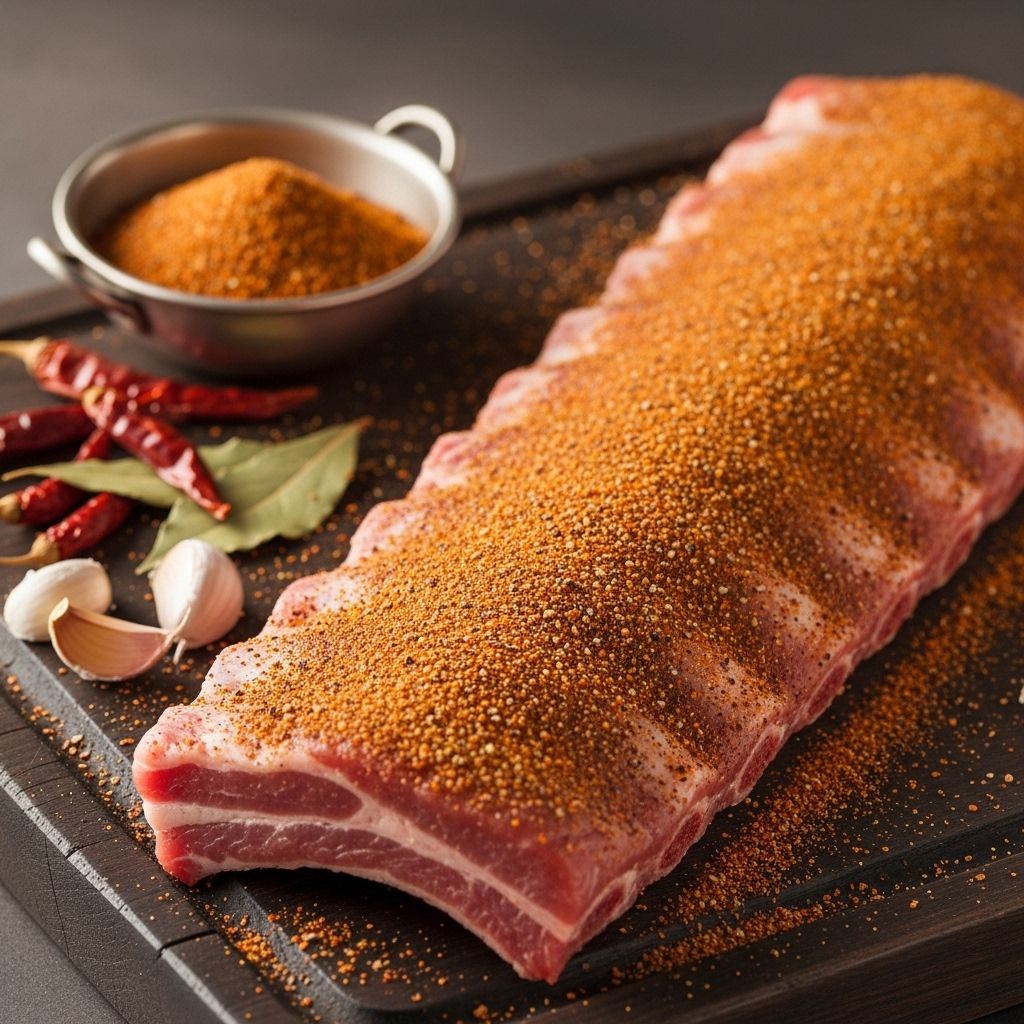
Image: HearthJunction Design Team
Perfecting pork ribs starts long before they hit the grill or oven. An expertly crafted dry rub transforms ordinary ribs into a tender, flavorful masterpiece. Whether you’re a backyard BBQ enthusiast or a kitchen experimenter, this article will guide you through everything you need to know about the quintessential dry rub for ribs: ingredients, methods, storage, and expert tips to ensure your next batch is unforgettable.
What is a Dry Rub?
A dry rub is a blend of spices, herbs, and seasonings that is applied directly to meat prior to cooking. Unlike marinades, which typically include a liquid base, dry rubs use only dry ingredients. The rub forms a delicious crust as the meat cooks, locking in flavor and moisture. Dry rubs are especially popular for ribs and other cuts destined for slow cooking, smoking, or grilling.
Key Ingredients for the Perfect Rib Dry Rub
The secret to a memorable rib rub lies in the balance of sweet, savory, and smoky flavors. Here are the essential elements, as inspired by beloved recipes:
- Brown Sugar: Adds sweetness and helps create a caramelized crust.
- Paprika: Delivers color and a subtle smoky note—smoked paprika is especially popular for BBQ flavor.
- Kosher Salt: Enhances natural meat flavors and aids in moisture retention.
- Black Pepper: Brings a gentle heat and earthy bite.
- Garlic Powder: Offers depth and a warm, savory undertone.
Many variations expand on this basic blend, adding cayenne for heat, onion powder for extra richness, or even ground cumin and chili powder for a Tex-Mex twist.
Typical Ratio for a Rib Dry Rub
| Ingredient | Standard Measurement |
|---|---|
| Brown Sugar | 1/4 cup |
| Paprika (smoked or sweet) | 2 tbsp |
| Kosher Salt | 1 tbsp |
| Black Pepper | 1 tbsp |
| Garlic Powder | 1 tbsp |
This ratio can be scaled up or down depending on the number of ribs you plan to prepare.
How to Make Dry Rub for Ribs
Making your own dry rub is fast, simple, and allows you to control every nuance of flavor. Follow these step-by-step instructions:
- Measure all Ingredients: Use precise measurements for consistency in flavor, particularly if scaling the recipe up for a crowd.
- Mix Thoroughly: Combine all ingredients in a mixing bowl. Use a whisk or fork to break up clumps (especially of brown sugar) for an even blend.
- Rub into Meat: Pat your ribs dry with paper towels. Generously sprinkle the rub on all sides, then massage it into the meat using your hands. The more evenly you coat the ribs, the better the final crust and flavor will be.
- Rest (Optional): For deeper penetration of flavors, cover and refrigerate the seasoned ribs for at least 1 hour—or overnight if possible.
Choosing Ingredients: Tips and Insights
- Brown Sugar: Use dark brown sugar for a richer molasses flavor. Light brown sugar offers a milder sweetness.
- Paprika: Smoked paprika results in a deeper BBQ aroma, while sweet paprika is ideal if you prefer less smokiness.
- Salt: Kosher salt is preferred for its coarse texture and even distribution. Table salt can clump and lead to over-seasoning.
- Extra Heat: Add cayenne pepper or chili powder if you like a spicier kick.
How to Apply Dry Rub to Ribs
Proper application is key to maximizing flavor and texture. Here’s how the pros do it:
- Pat ribs dry: Moisture on the surface can prevent the rub from adhering.
- Apply rub generously: Make sure all areas, including the sides and crevices, are well coated.
- Massage it in: Rubbing the mixture into the meat’s surface creates intimate contact between the spices and the meat fibers for richer flavor infusion.
Cooking Methods: Maximizing the Rub’s Impact
The dry rub’s magic happens as the ribs cook, whether in the oven, on the grill, or in a smoker. Here are popular methods:
- Smoking: Low and slow is the golden rule. The rub forms a smoky, caramelized bark as the ribs absorb wood flavors.
- Grilling: Start over indirect heat, then finish over direct heat to set the crust.
- Oven-Baked: Wrap seasoned ribs in foil and cook at 275°F (135°C), then broil briefly for a crispy finish.
Storage Tips for Your Dry Rub
A well-made dry rub can be a pantry staple. Here’s how to store it for peak freshness:
- Air-tight container: Store the blend in a sealed glass jar or plastic container.
- Cool, dry place: Keep away from heat and humidity to prevent clumping and degradation of flavor.
- Shelf life: Most homemade rubs remain vibrant for up to six months. Discard if it smells stale or has lost its aroma.
Variations: Customizing Your Rib Rub
While the classic blend is a proven favorite, don’t hesitate to experiment. Here are some popular tweaks:
- Spicy Rub: Increase the amount of cayenne pepper or add crushed red pepper flakes.
- Herb-Infused: Add dried thyme, oregano, or rosemary for a Mediterranean twist.
- For Beef Ribs: Substitute smoked salt for a deeper, beefy flavor and add ground coriander.
- Sugar-Free Option: Omit brown sugar and add a touch more paprika and chili powder to balance flavors.
Serving Suggestions and Presentation
Pair your dry-rubbed ribs with classic barbecue sides for an unforgettable feast:
- Coleslaw
- Grilled corn on the cob
- Baked beans
- Potato salad
- Pickles or pickled onions
Slicing ribs into individual portions after resting makes for easy serving and ensures the crust stays intact.
Frequently Asked Questions (FAQs)
Q: Can I make the dry rub ahead of time?
A: Yes, homemade dry rub can be stored in an air-tight container for up to six months. For best flavor, use within three months of mixing to maximize the potency of the spices.
Q: How much rub should I use per rack of ribs?
A: A general guideline is 2 to 3 tablespoons of rub per full rack of ribs. Feel free to use more for a thicker crust or less if you prefer a subtler flavor.
Q: Should I oil the ribs before applying the rub?
A: It’s not necessary, but a thin layer of mustard or oil can help the rub adhere and add a slight tang or richness to the finished product.
Q: Is this rub suitable for other meats?
A: Absolutely! This blend works beautifully on pork chops, chicken, and even beef ribs. Adjust the proportions based on your taste preferences and the type of meat.
Q: Can I use this rub for ribs cooked in the oven?
A: Yes. The rub creates a flavorful crust whether you’re grilling, smoking, or baking your ribs. For best results, finish oven-baked ribs under the broiler for a crispy finish.
Q: Can I reduce the salt or sugar content?
A: Certainly. If you’re watching your intake, adjust the salt or sugar while keeping the overall balance by increasing other spices. The rub will still deliver robust flavor.
Expert Tips for Perfect Dry-Rubbed Ribs
- Peel the membrane: Removing the tough silver skin from the back of the ribs ensures tenderness and lets the rub penetrate evenly.
- Massage the rub: Don’t just sprinkle—massage the rub into every nook and cranny.
- Resting time: The longer the rub sits on the meat, the more flavorful the ribs will be. Overnight refrigeration is ideal for deep flavor infusion.
- Don’t overcook: Whether grilling, baking, or smoking, slow and low is the key to juicy, tender ribs with a perfect bark.
Conclusion: Make Your Next BBQ Unforgettable
A great dry rub for ribs is an essential tool in any grill master’s repertoire. With its perfect blend of sweet, smoky, and savory spices, this classic rub delivers crowd-pleasing flavor for any occasion. Mix up a batch, store it in your pantry, and you’ll always be ready to elevate your ribs—and your reputation as a BBQ expert.
References
Read full bio of Srija Burman

